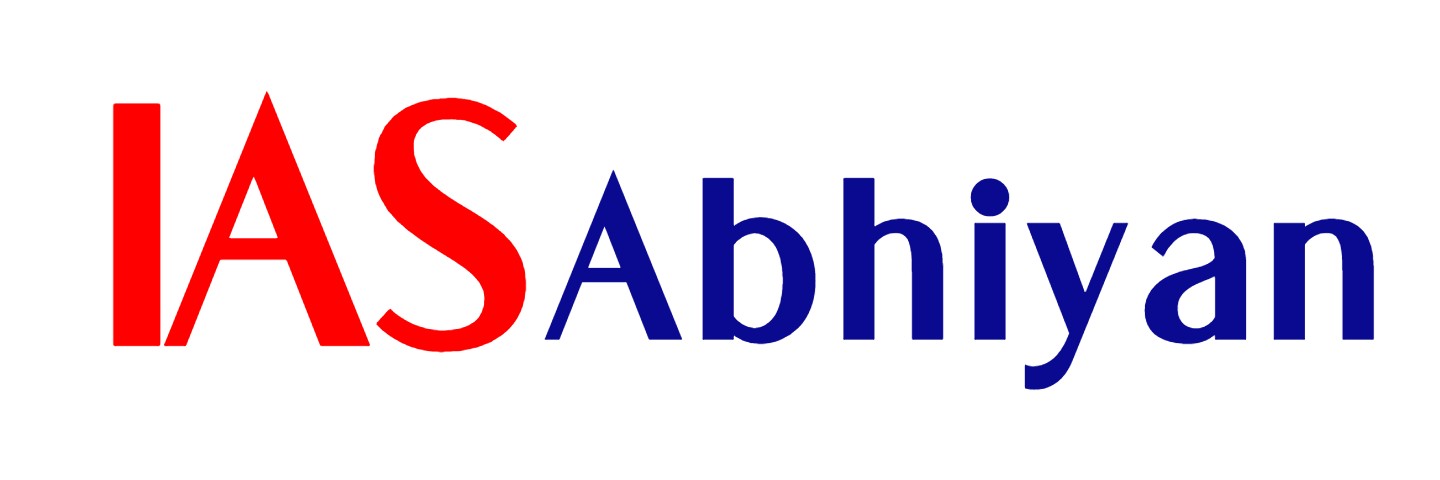- Wood’s Despatch on Education in 1854 laid the foundation on which the educational system has since developed. Various problems related to education in India had become one of the key concerns of the British government by 1853.
- In order to provide a solution, the secretary of state of that time, Sir Charles Wood, presented a despatch to the directors of the British East India Company. The despatch expressed that education in English as well as Indian local languages should be enhanced and encouraged through out the nation.
- According to Charles Wood, the English institutions could serve as the useful model for education. In 1854, Wood prepared his comprehensive despatch on the scheme of the future education in India.
- The despatch came to be considered as the Magna Carta of English education in India. The Scheme of education, as proposed by Wood’s Despatch, envisaged a co-ordinated system of education through out the country.
Recommendations of Wood’s Despatch
- The Wood’s despatch proposed several recommendations in order to improve the system of education.
- According the recommendations, it was declared that the aim of Government’s policy was the promotion of the western education. In his despatch he emphasised on the education of art, science, philosophy and literature of Europe.
- In short, the propagation of the European knowledge was the motto of the Wood’s Despatch. According to the despatch, for the higher education, the chief medium of instruction would be English.
- However, the significance of the vernacular language was no less emphasised as Wood believed that through the mediums of vernacular language, European knowledge could reach to the masses.
- Wood’s Despatch also proposed the setting up of several vernacular primary schools in the villages at the lowest stage.
- Moreover, there should be Anglo-Vernacular high schools and an affiliated college in the district level.
- Wood’s Despatch recommended a system of grants-in-aid to encourage and foster the private enterprise in the field of education. The grants-in-aid were conditional on the institution employing qualified teachers and maintaining proper standards of teaching.
Universities under Wood’s Despatch
- Department of Public Instruction was set up under the Charge of a Director, in each of the five provinces of the Company’s territories. This Department was entrusted with the charge of reviewing the progress of education in the province and submit an annual report to the government.
- Universities, based on the model of London Universities, were proposed for Kolkata, Mumbai and Chennai.
- Even the administrative body of the University followed the models laid down by the London University. There was a Senate House, a Chancellor, a Vice Chancellor and fellows- all were nominated by the Government of India. The universities were entitled to hold examinations and conferred degree. Moreover, a University might set up professorship in various branches of learning. Wood’s Despatch emphasised the importance of the vocational instruction and the needs for establishing technical schools and colleges. The Wood’s Despatch gave cordial support for the promotion of the women education in India.
- However, the new scheme of education proposed by the Wood’s Despatch was merely an imitation of the English models. Almost all the proposals of the Wood’s despatch were implemented.
- The Department of Public instructions were organized in 1855 and the earlier Committee of Public instruction and Council of education was replaced.
- Three Universities of Kolkata, Mumbai and Chennai came into existence in the year 1857. Later mostly due to Bethune’s effort, separate girl’s schools were set up and brought under the control of the Government of India. Several grants-in-aid were also provided for the promotion of the women education.
- The ideals and methods advocated in Wood’s Despatch had dominated the educational scenario of India for a protracted period of time. During this period India witnessed a period of complete westernisation of the educational system.
- The Western system of education gradually replaced the indigenous methods of education and learning. Most of the educational institutions during this time were run by the European teachers, who were the part of the Education Department of the Government of India.
- The Missionary institutions played its own part and managed a number of institutions. Gradually private Indian effort appeared in the field of education.
